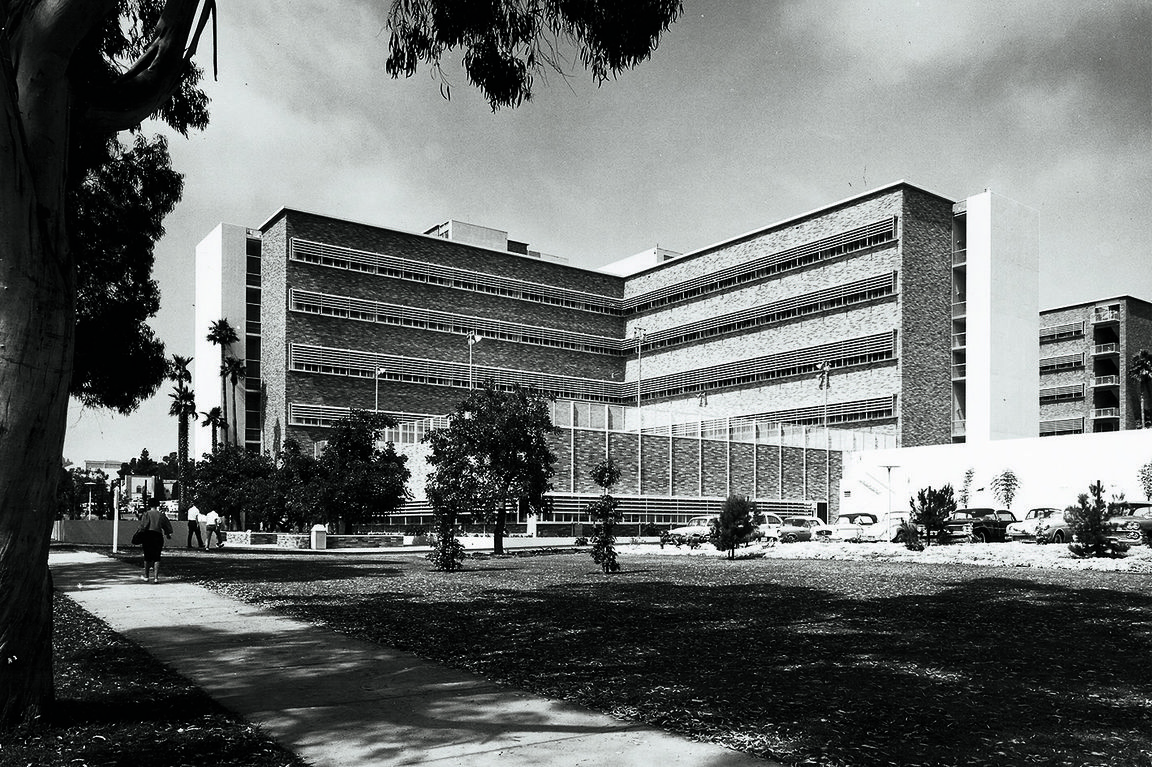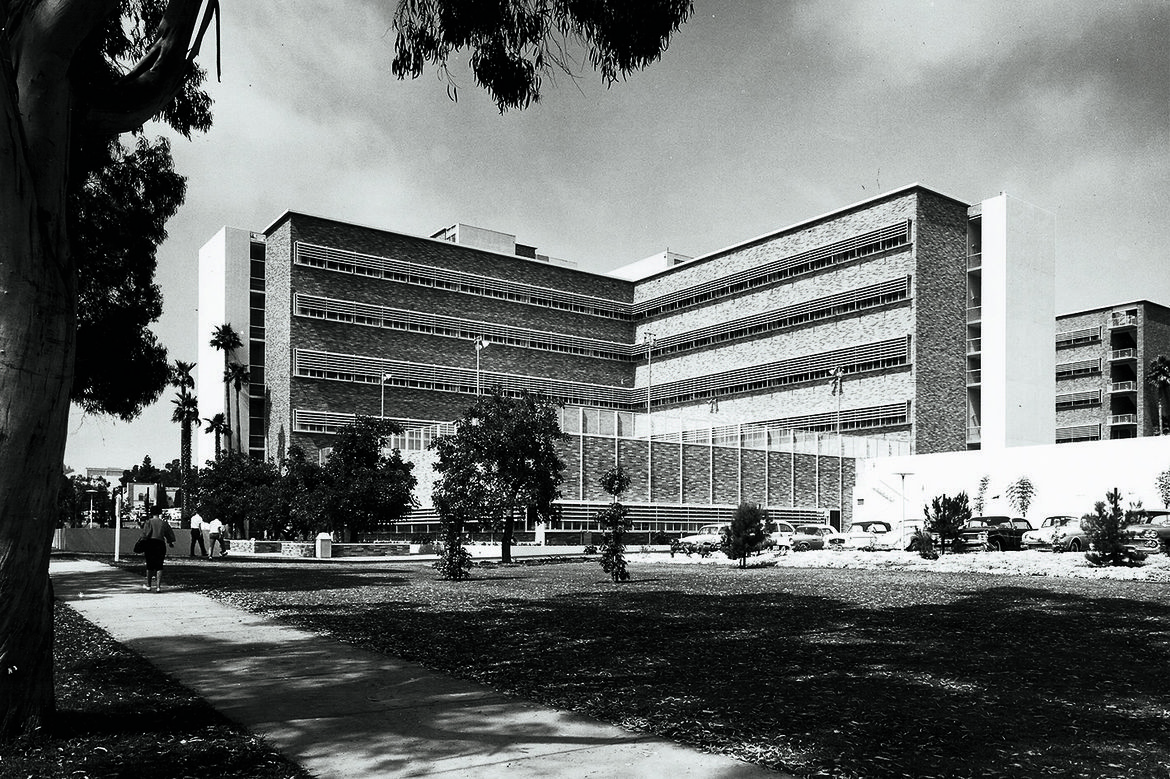Barely 50 years old, neuroscience promises to unlock the fundamental mysteries of human experience. It is a discipline with a vast span of inquiry, from the molecular biology of learning and memory to the social, cultural and historical factors that shape the experience of madness. The UCLA Neuropsychiatric Institute, along with a few other such institutions, has played a critical role in creating this expansive field.
Three-quarters of a century ago, a group of UC faculty, administrators from the Department of Mental Hygiene, and California State Legislators foresaw the need for research into the fundamental causes of mental and nervous disorders. In 1941, the California State Legislature approved funding for Langley Porter Clinic, a psychiatric research and clinical facility on property adjacent to the campus of UC San Francisco. acknowledging the growing importance of Southern California and UCLA, they also agreed to fund a similar but more interdisciplinary institution in Southern California, once funds were available to build a medical school at UCLA.
In January 1949, the UC regents agreed that UCLA would make land available on campus for an institute that would not be limited to psychiatry, but would also include neurology and neurosurgery. In 1954, the state budget called for construction of a six-story building to include both clinical and research facilities.
In the proposal to establish “an Institute of Neuropsychiatry at the University of California, Los Angeles,” the dean of the medical school wrote that “an institute’s purpose is to develop and organize research in areas that require an interdisciplinary approach.” Prescient in regard to the direction that the neurosciences would take in the following decades, the UCLA Neuropsychiatric Institute (NPI) was designed to transcend the parochial politics of individual departments and lead the way toward a new, integrative science of human behavior.
In 1961, the NPI opened as a research, education and treatment center. As the largest system of public mental health care in the nation, the California Department of Mental Hygiene saw fundamental research as a critical part of the department’s mission. So while the facility also included the Neuropsychiatric Hospital (NPH), the latter was subordinate to the research and educational mission of the NPI.
With barely 200 beds at its peak in a California state hospital system of more than 30,000 patients, the NPH was never intended to fulfill a major clinical service need. Instead, it served as a training ground for psychologists, psychiatrists, social workers and nurses and, just as importantly, as a source of inspiration for basic and clinical science. A five-story addition to the NPI funded by the federal government provided space for the Mental Retardation Research Center, which opened in 1970.
Later that decade, the state transferred to UCLA the resources for the operation of the NPI, including teaching support for the NPH. In 2004, the institute’s name was changed to the Jane and Terry Semel Institute for Neuroscience and Human Behavior, in honor of the couple whose philanthropy helps support the institute’s operation (along with state and federal funds). At the same time, NPH was renamed the Stewart and Lynda Resnick Neuropsychiatric Hospital in tribute to the Resnicks, whose donation helped support the construction of a new facility on the fourth floor of the Ronald Reagan UCLA Medical Center.
Today, U.S. News & World Report ranks UCLA's program at the Resnick Hospital seventh in the nation. The Semel Institute is one of the largest state-supported interdisciplinary institutes devoted to the understanding of basic and clinical neuroscience.





